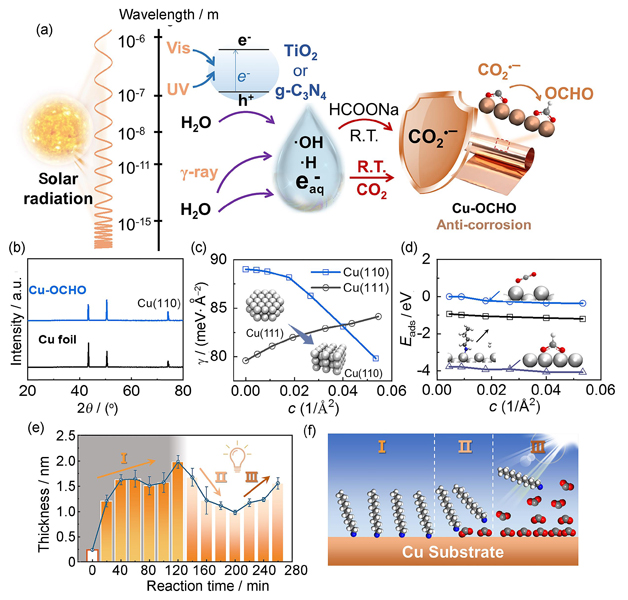Boneng HUANG, Zhiwen JIANG, Jun MA. Highly efficient oxidation resistance of copper via radiation/light-powered bidentate binding of carbon dioxide anion radicals[J]. Journal of Radiation Research and Radiation Processing, 2023, 41(1): 011001
Search by keywords or author
Journals >Journal of Radiation Research and Radiation Processing >Volume 41 >Issue 1 >Page 011001 > Article
- Journal of Radiation Research and Radiation Processing
- Vol. 41, Issue 1, 011001 (2023)
Abstract

Set citation alerts for the article
Please enter your email address



